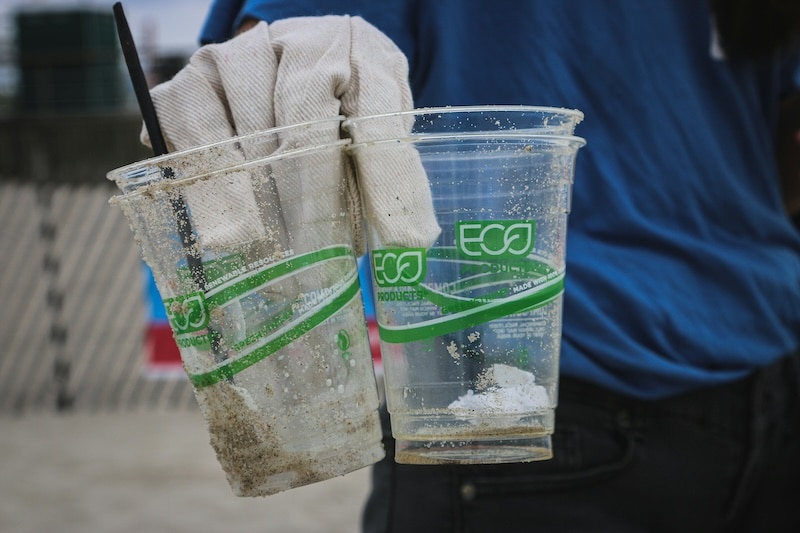Contents:
- Key Takeaways
- What is Greenwashing?
- The Evolution of Corporate Greenwashing
- Why Do Companies Greenwash?
- How Best Bees is Working to Help Companies with Tangible Green Initiatives
- Understanding the Different Types of Greenwash
- How Does Greenwashing Hurt Consumers?
- How to Avoid Greenwashing as a Consumer
- The Four Categories of Environmental Communication: Classifications of Levels of Greenwashing
- Examples of Greenwashing
- FAQs
Key Takeaways
- Greenwashing is a form of misinformation that paints a picture of a company as “greener” than they actually are.
- The US Federal Trade Commission regulates and monitors the market for greenwashing, but greenwashing is still prominent – it’s just gotten more sophisticated.
- Greenwashing varies in severity, and can be done inadvertently or purposefully.
- Companies greenwash because consumers want to buy from and support companies that are socially and environmentally responsible.
- There are ways to identify greenwashing as a consumer, and to avoid it as both a consumer and as a brand.
What is Greenwashing?

Greenwashing, simply put, is the misrepresentation of a company’s environmental credentials in a way that exaggerates their overall positive impact. In other words, the organization spends more time and money on marketing themselves as being sustainable than on actually taking action and following through – they don’t put their money where their mouth is.
~The TNFD is the first sustainability reporting framework specifically designed for biodiversity and nature-related issues. Download our white paper to learn why and how it’s changing the face of sustainability reporting~
Corporate greenwashing can be used both intentionally and unintentionally, and it varies in severity. You may recall the 2015 “Dieselgate”, when the EPA issued a notice of violation of the Clean Air Act to Volkswagen. A few years prior, Volkswagen launched a huge marketing campaign championing a drastic reduction in the tailpipe emissions of its new VW and Audi models.
However, the EPA discovered that Volkswagen had installed software allowing their cars to detect when they were being tested and only then engage their emissions controls, thereby cheating the emissions tests. The automaker’s so-called clean diesel cars actually produced nitrogen oxide emissions up to 40 times the legal limit.
The resulting scandal cost the car manufacturer nearly $40 billion, and contributed to the erosion of public confidence in the accuracy and reliability of organizations’ environmental claims. According to a 2019 Edelman’s Trust Barometer Special Report, a mere 34% of consumers trust the brands they purchase from.
In 2020, the European Commission ran an extensive cross-sector sweep of websites to identify instances of greenwashing. They found that in 42% of cases, green claims were exaggerated, false, or deceptive.
In addition, a 2022 survey conducted by The Harris Poll for Google Cloud, spoke to roughly 1500 executives at global corporations. The survey asked how their employers and competitors are addressing environmental issues. Of the respondents, 58% admitted their own company has engaged in corporate greenwash, with that number jumping to 72% for companies based in North America.
The Evolution of Corporate Greenwashing
The environmental movement really began to gain momentum in the 1960s; greener products and services started to gain traction as demand increased. It was advantageous for companies to advertise a green image, and due to lack of regulation, they were able to get away with misleading or inaccurate claims.
The term “corporate greenwash” was coined in 1986 by Jay Westerveld, an American environmentalist. While visiting a hotel in Fiji, Westerveld noticed that it asked guests to reuse their towels for the planet’s sake (a request that would also conveniently save the hotel money). Meanwhile, the resort was planning to expand into fragile coral reef habitats, effectively crippling those sensitive ecosystems.
Following this, a 1991 study by the Journal of Public Policy and Marketing reported 58% of environmental ads had at least one deceptive claim. To curb this widespread deception and exaggeration, in 1998 the US Federal Trade Commission (FTC) created the Green Guides. These guides aimed to create a common language and standardization for accurate and transparent environmental marketing.
The Green Guides are supported by the FTC through various enforcement actions and penalties for those caught greenwashing, but the problem hasn’t gone away – greenwashing has just gotten more sophisticated.
Why Do Companies Greenwash?
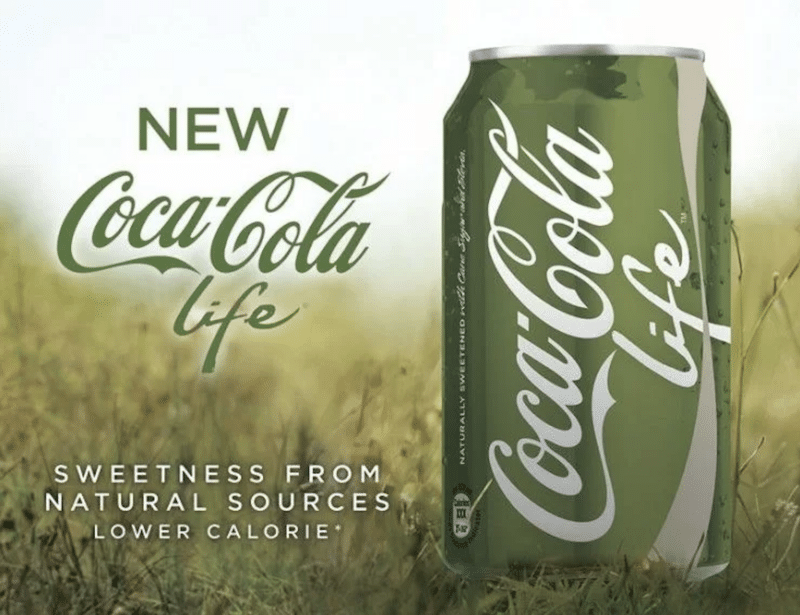
A recent global study found that consumers are four to six times more likely to purchase, protect, and champion purpose-driven companies. Nielson’s Global Corporate Sustainability Report found that 66% of consumers would spend more on a product if it comes from a sustainable brand, and that jumps to 73% among millennials. Therefore, companies have a financial incentive to be, or appear, more socially and environmentally conscious. Greenwashing is done to boost a brand’s image and endear them to consumers.
However, greenwashing is occasionally done inadvertently. Many companies don’t have the wherewithal to know what is truly environmentally beneficial and what isn’t, or how to assess the true extent of their environmental impact.
As a result, marketing efforts and product descriptions can be misleading or inaccurate, even when the company has the best intentions. This is why it’s so important for organizations to do their due diligence and conduct thorough research on how to be sustainable, what their impact is, and how they can improve all aspects of their operations, not just those that consumers see.
How Best Bees is Working to Help Companies with Tangible Green Initiatives
Much of accidental greenwashing is a result of brands not having the knowledge, expertise, and bandwidth to properly conduct and measure their environmental initiatives. That’s where we come in! Our data-yielding beehives provide critical insight, monitored over time, of a specific site’s environmental condition and biodiversity. With the guidance of Best Bees’ expertise, brands are able to learn from their data and implement informed decisions for improving their impact upon the natural landscape. Data is the concrete foundation that messaging and branding is built upon; greenwashing lacks that evidence. Between our data-yielding beehives and innovations such as HoneyDNA, SmartHive technology, and more, we are able to provide that data with context, helping companies progress forward in their environmental initiatives.
Understanding the Different Types of Greenwash
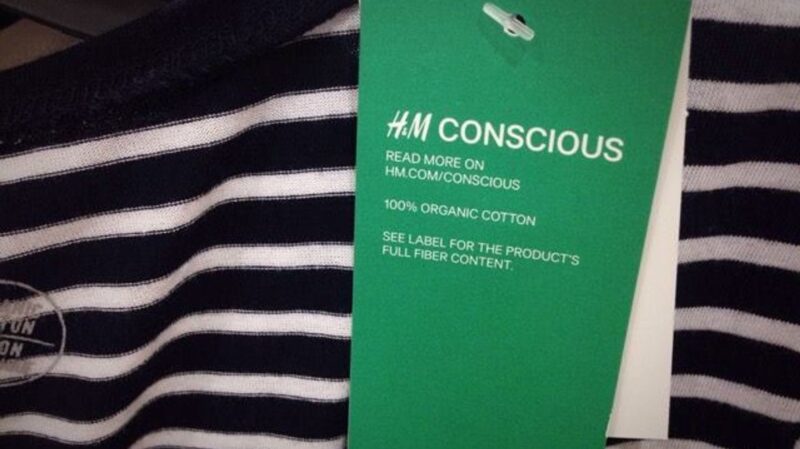
The different types of greenwashing can be divided into seven categories: hidden trade-off, destroying biodiversity, the false label, no proof, vagueness, fibbing, and front groups.
Hidden Trade-Off: This is when a brand makes an environmental claim, and may even be making the effort they are advertising, but the claim is offsetting another, often hidden, negative environmental impact. For instance, they may claim to be “carbon neutral” but have simply bought carbon credits – permits that allow the owner to emit a certain amount of carbon dioxide or other greenhouse gases.
Destroying Biodiversity: This is when a company claims to be “eco-friendly,” but its actions are actually actively contributing to the destruction of the planet’s biodiversity. For example, a furniture retailer could claim to be sustainable but their timber supply chain is destroying old-growth forests.
The False Label: Companies may put a false third-party certification on a product to mislead consumers into thinking it is environmentally friendly.
No Proof: This is when a company makes environmental claims while providing no data, receipts, or any other form of evidence to support those claims.
Vagueness: This is a common greenwashing practice; companies will use vague or undefined environmental terms. H&M’s “Conscious” product line is a perfect example of this – they do not define what exactly “conscious” means, but the marketing around it is designed to give an impression of sustainability.
Fibbing: This is when a company makes false, fabricated, or exaggerated claims that do not accurately reflect their true environmental credentials.
Front Groups: A front group is an organization that appears to be independent but is secretly funded, influenced, or controlled by another organization. Companies or organizations create front groups to make themselves appear more environmentally responsible than they are.
How Does Greenwashing Hurt Consumers?
Overtime, greenwashing makes it more and more difficult for consumers to have faith in environmental claims, leading to us dismissing them out of habit – even if they are legitimate. As this happens, it lowers the incentive for organizations to commit to sustainability.
Additionally, greenwashing means that companies are not actually doing what they can to protect and preserve the environment. As climate change continues to threaten the future of our planet, there is no time to waste in taking steps to improve business practices, operations, and products to prioritize sustainability.
How to Avoid Greenwashing as a Consumer
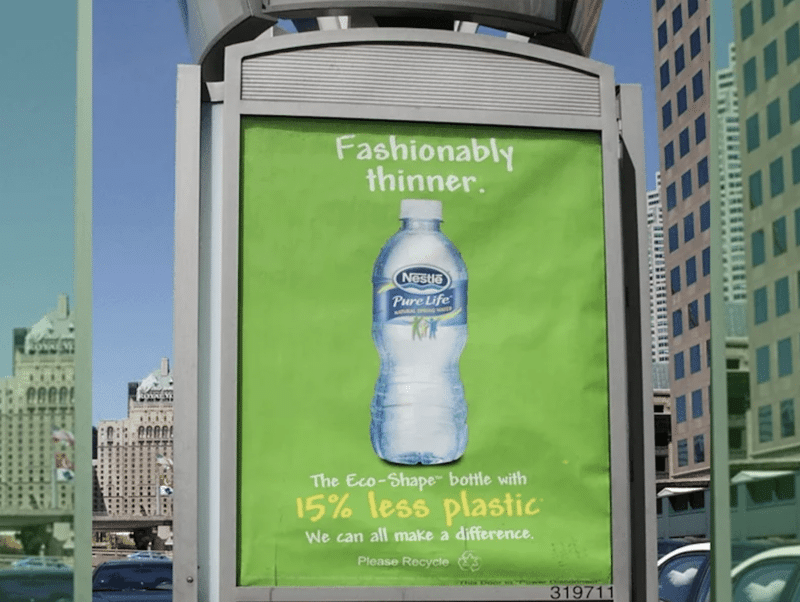
There are several things to watch out for as a consumer trying to avoid greenwashing.
- Vague terminology, including environmental “buzzwords”: Terms such as “eco-friendly”, “green”, “all-natural”, etc don’t have any weight behind them. They are used to create a first impression of sustainability, but oftentimes there isn’t anything substantial to back up this impression.
- Unrelated green imagery: Companies will use images of nature or animals in their marketing or product labels to convey an unjustified green impression. Water bottle companies are an easy example of this – they product tons of single-use plastic bottles, adorned with images of mountains, lakes, or rivers.
- Misleading commitments: Offsetting negative environmental impacts by planting trees or donating money to environmental advocacy groups is better than nothing, but often companies will promote these efforts to distract from the negative impacts of their business so they do not have to change how they operate.
- False third-party certifications: There are credible third-party certifications, such as those granted by USDA Organic, B Corp Certification, and Fair Trade, but any certification a product or company claims to have should be double checked for authenticity.
Something consumers can do is to utilize resources at their disposal. Green America, a nonprofit organization dedicated to promoting environmentally aware, conscious consumerism, has a database of businesses it certifies as environmentally and socially responsible.
The Four Categories of Environmental Communication: Classifications of Levels of Greenwashing
The Business for Social Responsibility defines effective environmental communication using four separate categories. These categories give us an idea of how the severity of greenwash can vary, how greenwash can be done inadvertently, and how we can measure effective environmental communication.
Category #1: Effective Environmental Communications
Effective communication, good environmental value
This category is the anti-greenwash category! Companies who fall into this category are working to improve the social and environmental performance of their products and align all their business processes with these efforts. They clearly and accurately communicate their efforts, and provide evidence to back up their claims.
Category #2: Misguided Greenwash
Poor communication, some environmental value.
Companies that are accidentally greenwashing fall into this category. In this category, greenwash is a result of ineffective communication, which then undermines the actual efforts a company is taking to improve their environmental impact. Often, companies in this category are not taking the time to measure their impact and compile data to back up their claims. With a revised communication strategy and inclusion of measured data reports, these companies can move into Category #1.
Category #3: Greenwash Noise
Poor communication, poor environmental value
This category covers brands that claim to be green but do not have the evidence to back these claims up. They spend more time and money presenting themselves as green relative to the actual time and money spent on making a change and improving their social and environmental impact.
Category #4: Unsubstantiated Greenwash
Effective communication disguising poor environmental value
The companies that fall into this category are the ones that are involved in positive environmental initiatives and provide data that proves it. However, they are doing this to be misleading and to distract consumers from their negative environmental impacts – and they have no intention of changing or improving them.
Companies that fall into this category are the most damaging, because this behavior contributes to public disillusionment and disengagement from the environmental debate.
General principles to follow in order to fall into Category #1 include:
- Use plain language to ensure environmental claims and disclosures are clear, prominent, and understandable. Avoid inconsistent statements or contradictory imagery.
- Provide clarity into what aspects of the product or service are beneficial to the environment.
- Avoid exaggerating or overstating the environmental attribute of a product, service, or company process/policy.
- Ensure there is data that supports environmental claims, and that the data is accessible to the public.
- Do not promote adherence to environmental laws and regulations as something to boost brand image – if it would be illegal to be non-compliant, it’s deceptive to communicate it as evidence of a company’s commitment to sustainability.
Examples of Greenwashing
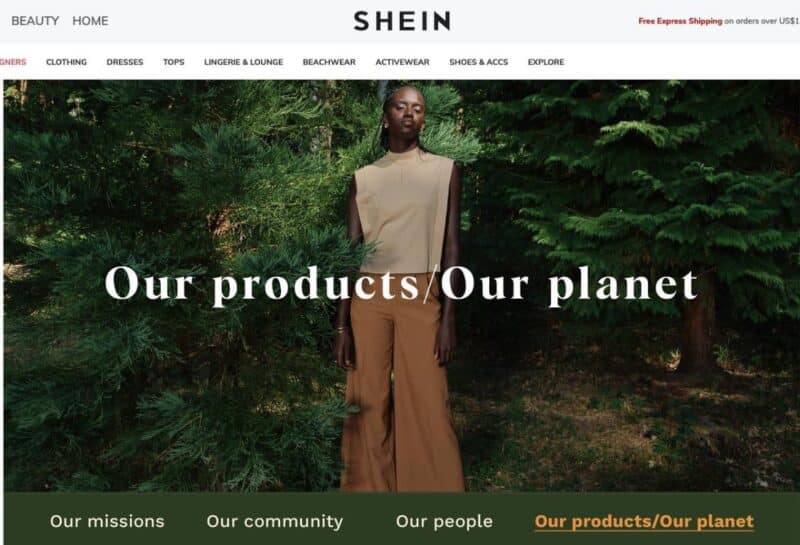
The FTC offers several illustrations of greenwashing on its website, which details its voluntary guidelines for deceptive green marketing claims. Below is a list of examples that would be considered greenwashing.
- A plastic package containing a new shower curtain is labeled “recyclable.” It is not clear whether the package or the shower curtain is recyclable. In either case, the label is deceptive if any part of the package or its contents, other than minor components, cannot be recycled.
- An area rug is labeled “50% more recycled content than before.” In fact, the manufacturer increased the recycled content to 3% from 2%. Although technically true, the message conveys the false impression that the rug contains a significant amount of recycled fiber.
- A trash bag is labeled “recyclable.” Trash bags are not ordinarily separated from other trash at the landfill or incinerator, so they are highly unlikely to be used again for any purpose. The claim is deceptive because it asserts an environmental benefit where no meaningful benefit exists.
FAQs
Q: What is greenwashing?
A: Greenwashing is a form of misinformation intended to entice an aspiring ethical consumer.
Q: Is greenwashing bad?
A: Yes, greenwashing erodes public faith in company’s environmental claims and contributes to disengagement from the issue of climate change, habitat destruction, environmental degradation, etc.
Q: Why do companies greenwash?
A: Sometimes, companies greenwash inadvertently as a result of poor communication, lack of organization, or lack of expertise. Companies that intentionally greenwash do so because it is financially advantageous for them; consumer demand is for companies that are socially and environmentally responsible.
Q: How do I spot greenwashing?
A: Look for vague, suggestive language and a lack of data to support environmental claims. Don’t let the first impression of a product be your final impression, as misleading language and imagery is often used to keep consumers from digging deeper.


